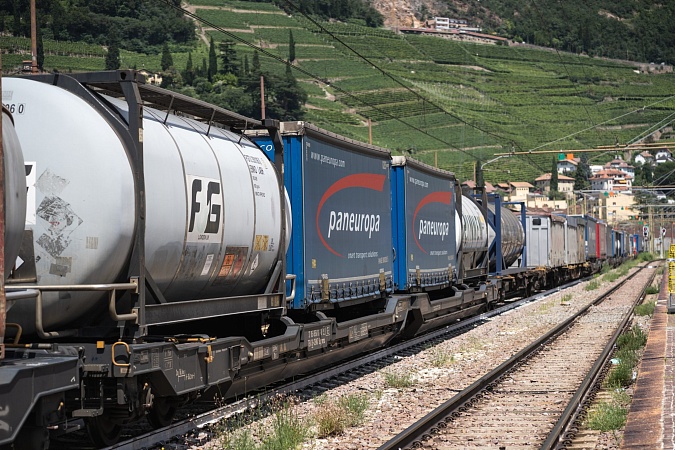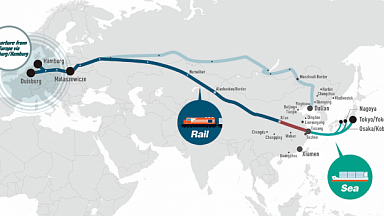The drop in driven train-kilometres in the freight sector was reported by Giuseppe Rizzi, general director of rail freight association Fermerci, write Italian media.
«Rail freight transport concluded a complex 2024 marked by significant difficulties. The first estimated end-of-year data confirm a loss of approximately 1 million train-kilometres compared to 2023», Rizzi said.
«The overall reduction, compared to 2021 — the year of post-pandemic recovery — has thus reached 5,5 per cent. Since then, approximately 3 million train-kilometres have been lost, demonstrating a progressive contraction in the sector», he added.
The positives
Nevertheless, the Fermerci director also pointed out two positive developments. For one, the Italian government decided to increase the so-called Ferrobonus contribution for the period of 2025 to 2027. It is «a measure that aims to support the use of rail freight transport as a sustainable alternative to road transport alone».
Secondly, Italy introduced a rule that allows Port System Authorities to introduce incentives to support rail shunting in the ports, which is supposed to boost the competitiveness of the port system.
Uncertainty and mistrust
At the same time, according to Rizzi, there will still be interruptions in 2025 to carry out the works as planned for Italy’s recovery and resilience plan (PNRR). Energy costs will likely continue to grow, and the economic context remains unstable. «Railway logistics companies operate in a market characterised by uncertainty and mistrust, aggravated by the cut in the locomotive and wagon incentive in the budget law», Rizzi added. Approximately 70 million euros was cut from a budget to support locomotive purchases.




